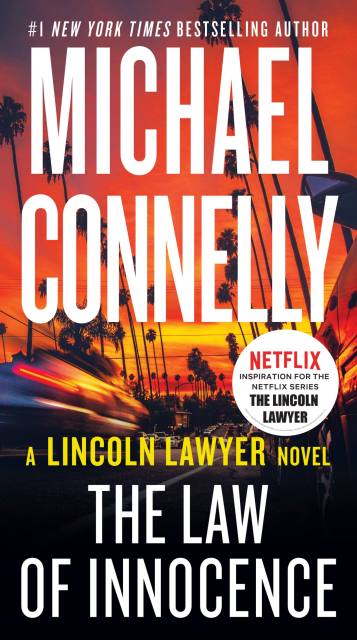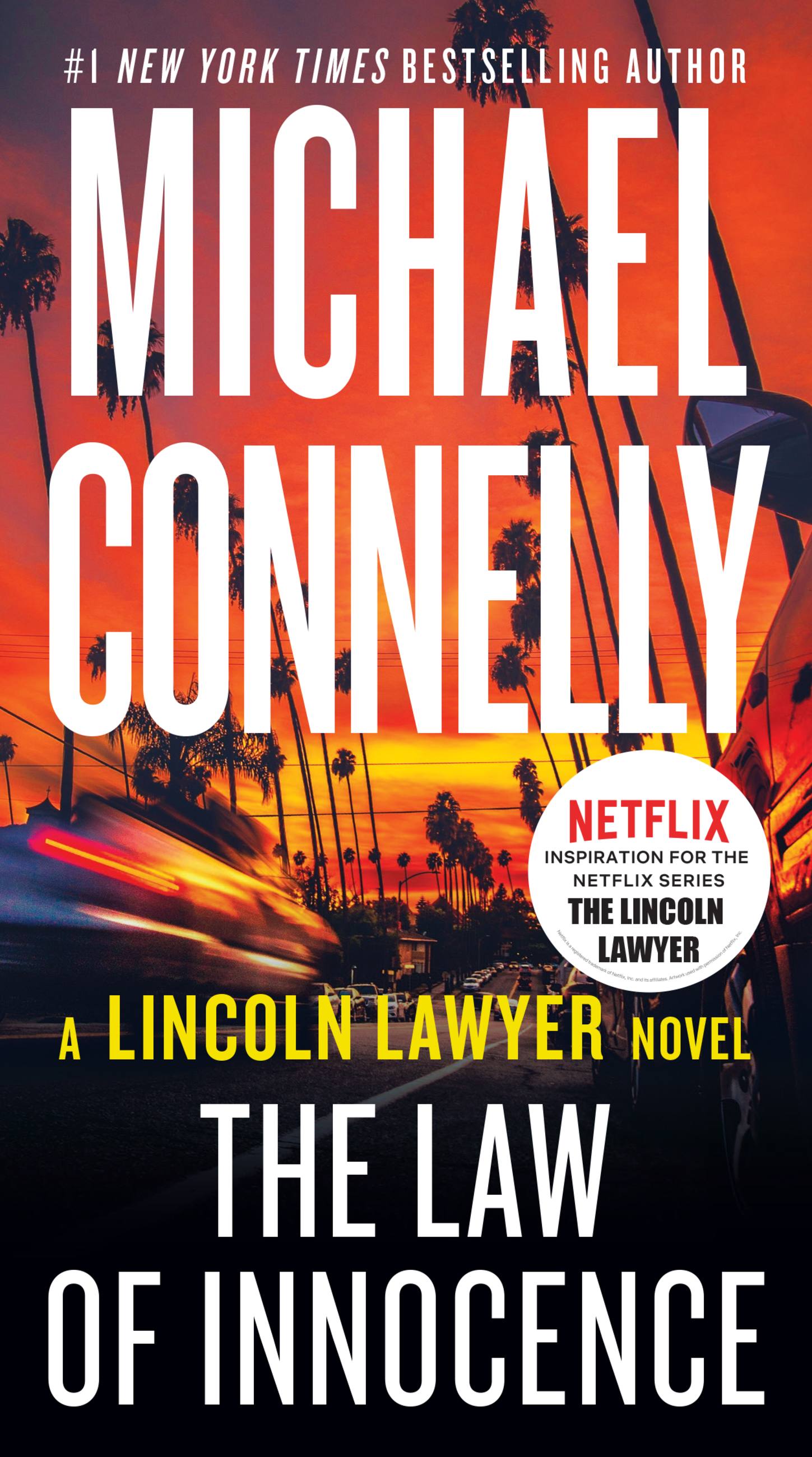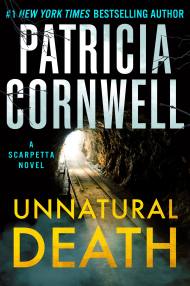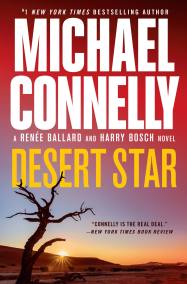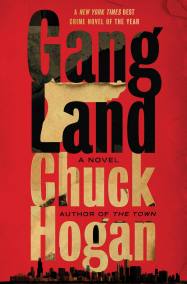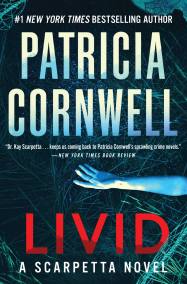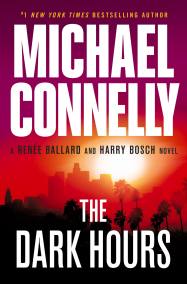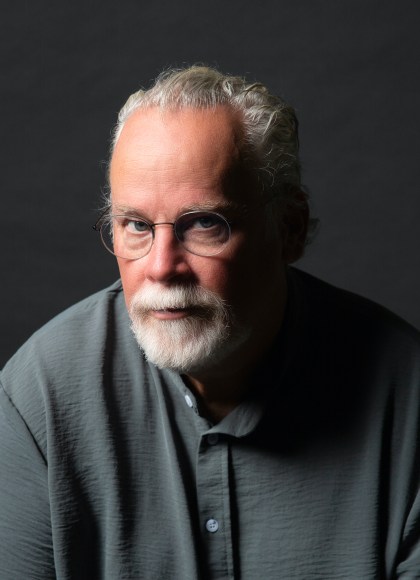Promotion
Use code MOM24 for 20% off site wide + free shipping over $45
The Law of Innocence
Contributors
Formats and Prices
Price
$9.99Price
$12.99 CADFormat
This item is a preorder. Your payment method will be charged immediately, and the product is expected to ship on or around October 26, 2021. This date is subject to change due to shipping delays beyond our control.
Also available from:
INSPIRATION FOR THE ORIGINAL SERIES THE LINCOLN LAWYER – THE #1 TV SHOW ON NETFLIX
Lincoln Lawyer Mickey Haller is back on the job in this heart-stopping thriller from a renowned #1 New York Times bestselling author.
“One of the finest legal thrillers of the last decade” —Associated Press
On the night he celebrates a big win, defense attorney Mickey Haller is pulled over by police, who find the body of a former client in the trunk of his Lincoln. Haller is immediately charged with murder but can’t post the exorbitant $5 million bail slapped on him by a vindictive judge.
Mickey elects to represent himself and is forced to mount his defense from his jail cell in the Twin Towers Correctional Center in downtown Los Angeles. All the while he needs to look over his shoulder—as an officer of the court he is an instant target, and he makes few friends when he reveals a corruption plot within the jail.
But the bigger plot is the one against him. Haller knows he’s been framed, whether by a new enemy or an old one. As his trusted team, including his half-brother, Harry Bosch, investigates, Haller must use all his skills in the courtroom to counter the damning evidence against him.
Even if he can obtain a not-guilty verdict, Mickey understands that it won’t be enough. In order to be truly exonerated, he must find out who really committed the murder and why. That is the law of innocence.
In his highest stakes case yet, the Lincoln Lawyer fights for his life and proves again why he is “a worthy colleague of Atticus Finch . . . in the front of the pack in the legal thriller game” (Los Angeles Times).
A CBS The Doctors Book Club Pick
A People Book of the Week Selection
Lincoln Lawyer Mickey Haller is back on the job in this heart-stopping thriller from a renowned #1 New York Times bestselling author.
“One of the finest legal thrillers of the last decade” —Associated Press
On the night he celebrates a big win, defense attorney Mickey Haller is pulled over by police, who find the body of a former client in the trunk of his Lincoln. Haller is immediately charged with murder but can’t post the exorbitant $5 million bail slapped on him by a vindictive judge.
Mickey elects to represent himself and is forced to mount his defense from his jail cell in the Twin Towers Correctional Center in downtown Los Angeles. All the while he needs to look over his shoulder—as an officer of the court he is an instant target, and he makes few friends when he reveals a corruption plot within the jail.
But the bigger plot is the one against him. Haller knows he’s been framed, whether by a new enemy or an old one. As his trusted team, including his half-brother, Harry Bosch, investigates, Haller must use all his skills in the courtroom to counter the damning evidence against him.
Even if he can obtain a not-guilty verdict, Mickey understands that it won’t be enough. In order to be truly exonerated, he must find out who really committed the murder and why. That is the law of innocence.
In his highest stakes case yet, the Lincoln Lawyer fights for his life and proves again why he is “a worthy colleague of Atticus Finch . . . in the front of the pack in the legal thriller game” (Los Angeles Times).
A CBS The Doctors Book Club Pick
A People Book of the Week Selection
Genre:
-
“The so-called Lincoln Lawyer... turns in another dazzling courtroom performance."Marilyn Stasio, New York Times Book Review
-
“If you’re not already addicted to Mickey, his ex-wives and his brilliant half brother, investigator Harry Bosch, this perfectly constructed legal thriller will get you there.”People (Book of the Week)
-
“One of the finest legal thrillers of the last decade… Connelly’s novels have long been distinguished by his mastery of the complexities of the justice system including an ability to get police and courtroom procedures exactly right.”Bruce DeSilva, Associated Press
-
“A wonderfully twisty legal thriller… As always, Connelly does a splendid job with both the courtroom drama and the suspenseful, often dangerous process behind it.”Colette Bancroft, Tampa Bay Times
-
“Stellar… the action never lags... The Law of Innocence again proves Connelly is a master storyteller.”Oline H. Cogdill, South Florida Sun Sentinel
-
“Gripping… Fans are in for another treat from the blockbuster author.”Christina Ianzito, AARP
-
"A tightly crafted thriller, with some nice crossover flair to boot (fans of Harry Bosch always enjoy seeing him show up in new places)."Dwyer Murphy, Crimereads
-
"A fine legal thriller and a revealing character study.”Bill Ott, Booklist (starred review)
-
“Superlative... A supremely intelligent, well-paced courtroom thriller by a modern master.”Publisher's Weekly (starred review)
- On Sale
- Oct 26, 2021
- Page Count
- 544 pages
- Publisher
- Grand Central Publishing
- ISBN-13
- 9781538752531
Newsletter Signup
By clicking ‘Sign Up,’ I acknowledge that I have read and agree to Hachette Book Group’s Privacy Policy and Terms of Use
